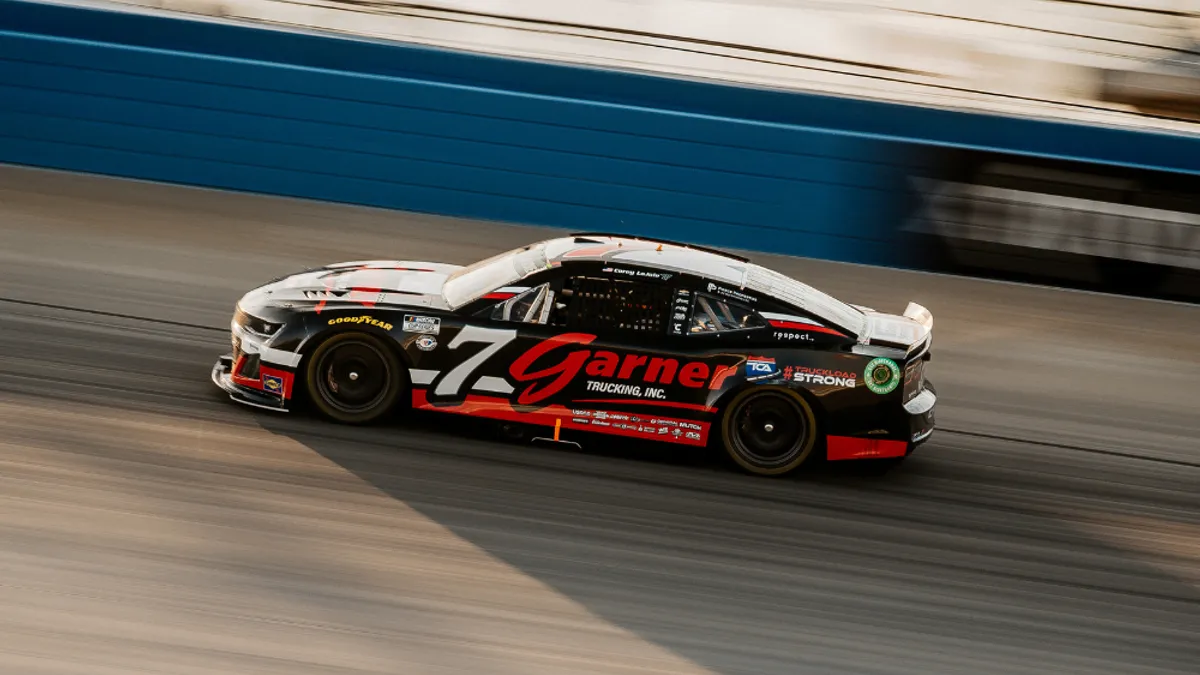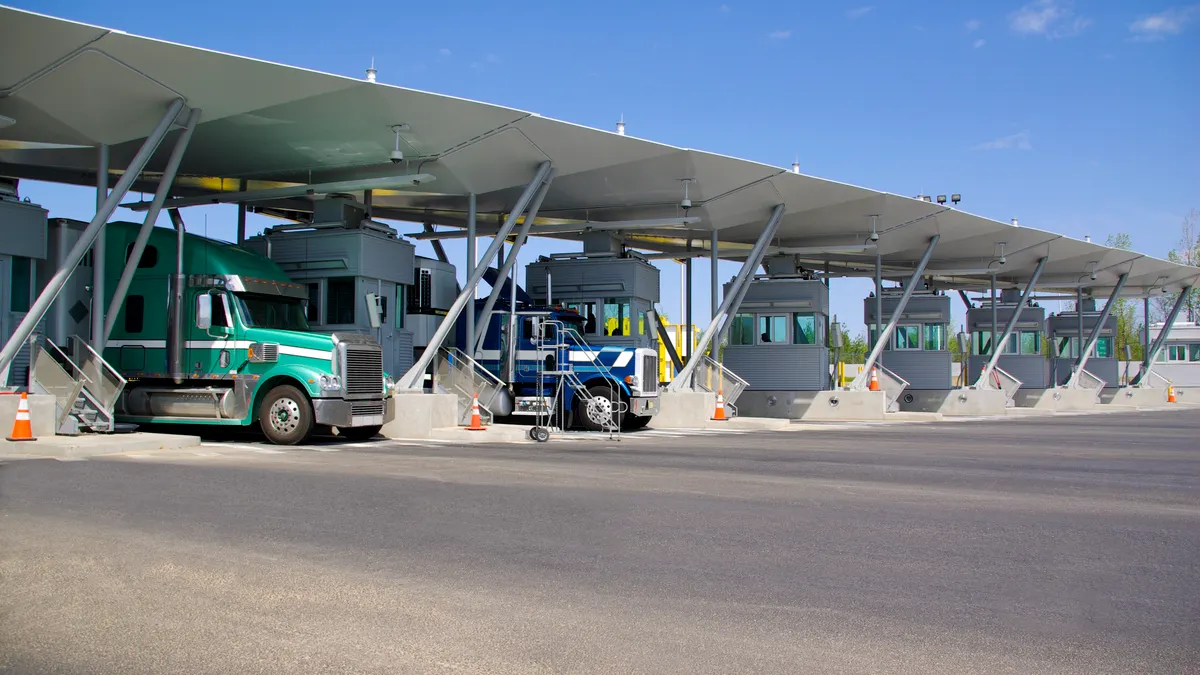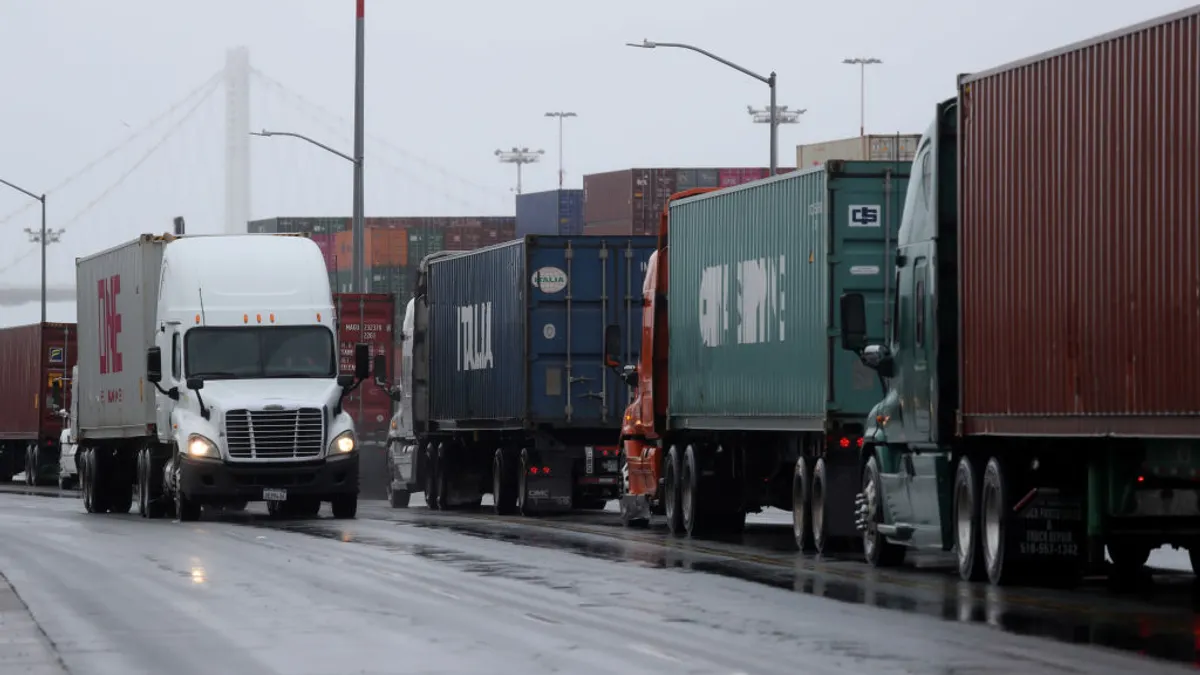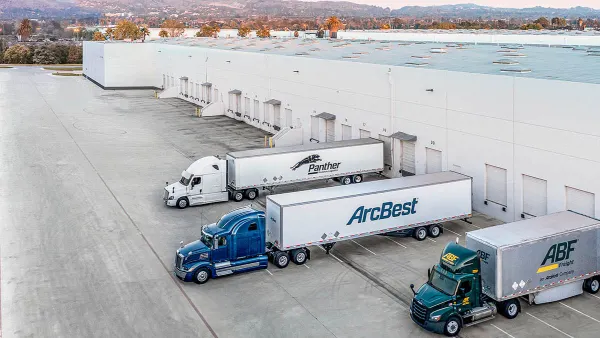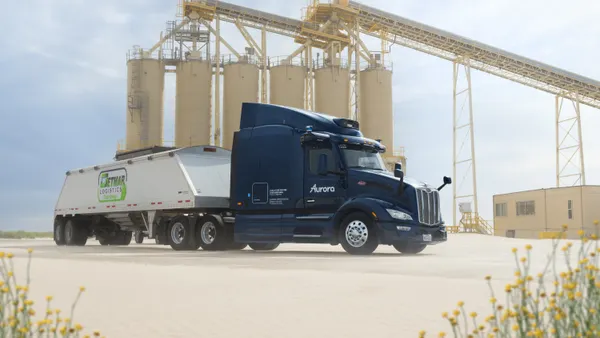When Sherri Garner Brumbaugh first looked into a NASCAR sponsorship for her trucking company, she wasn’t sure how to make it work. She wondered how a regional carrier would stack up against big national brands like Menards and Lowe’s.
“It seemed like such a reach for a company like mine,” said Brumbaugh, president and CEO of Findlay, Ohio-based Garner Trucking, which operates 90 trucks and 350 trailers.
But after speaking with marketing executives associated with NASCAR, Brumbaugh realized she could fill a niche with trucks that haul race cars. Following several conversations and each side understanding the other’s needs and offerings, the “pieces just came together,” and Garner was able to market its brand via a NASCAR sponsorship.
Marketing isn't always a focus for trucking companies, especially big fleets with household names. Their name recognition, network and capacity alone can be enough to win over shippers.
“Everyone knows J.B. Hunt on the road,” said Barrett Young, chief marketing officer at Netradyne, an AI-powered fleet safety company.
But some logistics companies are stepping up marketing, whether it’s a sponsorship or a TV ad or social media campaign. Front-facing tools help fleets differentiate themselves, so they can attract drivers and shippers while maintaining their reputations among existing employees and customers.
The employee impact
Brumbaugh said the goal of the NASCAR sponsorship was all about Garner’s employee and driver experience. Through the sponsorship, Garner secured VIP tickets for employees to attend NASCAR races.
“To see the appreciation back from employees has been heartwarming,” Brumbaugh said.
Another marketing campaign in the industry, RXO’s cow and egret campaign, elicited an “overwhelming” employee response, according to Chief Communications Officer Nina Reinhardt. It involved advertisements with an egret perched atop a cow’s back, and the two animals spoke to each other about RXO and its services.

“I believe the humorous nature of the cow and the egret ads helped drive employee engagement at a critical time for the company,” Reinhardt said in an email to Trucking Dive. The firm launched the campaign in 2022, when it separated from XPO to become a standalone company.
The cow and egret campaign is no longer running, but even today “employees still love seeing references to the cow and egret,” Reinhardt said.
Effective marketing and branding campaigns can not only engage current employees but also intrigue prospective new talent. If fleets have a legacy name, they can lean into that recognition. If they offer industry-leading pay or benefits, that’s worth marketing. If they have a stellar safety record, they can tout that. Garner, for example, highlights that it’s the winner of the Best Fleets to Drive For award.
Campaign wins
The same accolades that appeal to drivers can also entice customers. Young has seen shippers choose trucking companies based on criteria such as safety, reliability and brand reputation.
“The marketing really comes down to … let's go show these shippers why we are better, and here are the all the great reasons why,” Young said.
The NASCAR sponsorship enabled Garner to bring back a past client. The customer saw Garner at NASCAR, recalled having a positive experience with the carrier, and invited Garner to a meeting.
“It was a door opener,” Brumbaugh said.

For RXO, the campaign generated 470 million impressions in two months, drove 200,000 new users to the website and created 450 leads. Reinhardt said understanding the target audience was critical in developing the campaign. RXO wanted to target decision-makers and investors, so it used a combination of TV ads, program ads, and paid social media and search advertising.
Many companies are tapping into social media marketing, and Young has seen fleets leverage drivers on social to help build a brand. Drivers are creating TikToks that show the day in the life of a truck driver. Some fleets coach drivers on using social media, to help reinforce the brand’s positive reputation, Young said.
Regardless of medium, experts agreed that fleets must lean into their unique stories to create effective marketing campaigns.
Because of the industry’s relationship-driven nature, its marketing “needs to be much more experiential, tangible, and even vulnerable than other industries,” said Rachel Meranus, chief revenue and marketing officer for digital freight brokerage Transfix.
She’s seen creative examples such as Hirschbach decorating its tractors in colorful graffiti and Walkabout Transport’s kangaroo mascot that honors the owner’s Australian heritage.
Mark Johnson, chief marketing officer at Clarience Technologies, said brand messaging needs to clearly convey the benefit to customers and what differentiates a company.
“You need to give them a reason to switch from the status quo,” he said. “When you prove yourself to them, they will reward you with their loyalty.”


